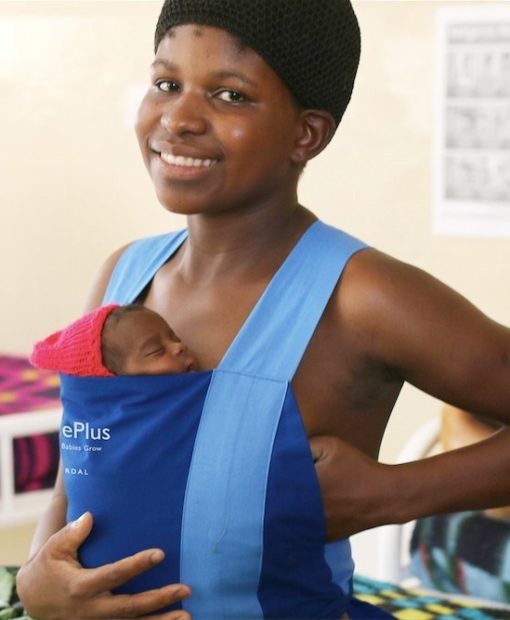WEDNESDAY, April 27, 2016 (HealthDay News) — A report card on Americans’ health finds that racial and ethnic disparities persist, with significant gaps in obesity, cesarean births and dental care.
But advances have been made in some important areas, including infant death rates, women smokers and numbers of uninsured, according to a new report from the U.S. Department of Health and Human Services.
“We have seen important improvements in some health measures for racial and ethnic minority populations since … 1985,” said Dr. J. Nadine Gracia, deputy assistant secretary for minority health and director of the HHS Office of Minority Health.
“While there has been significant progress in our journey toward health equity, disparities still exist and we must remain vigilant in our efforts to end health disparities in America,” Gracia added in an agency news release.
The 39th annual report on the nation’s health was prepared by the U.S. Centers for Disease Control and Prevention’s National Center for Health Statistics.
Highlights include:
Regarding infant mortality among five ethnic/racial groups analyzed, the difference between the highest (blacks) and lowest (Asian/Pacific Islander) infant death rates narrowed from 9.41 deaths per 1,000 live births in 1999 to 7.21 in 2013.
Among women, the divide between the highest (white) and lowest (Asian) rates of current cigarette smokers narrowed from 17.5 percent in 1999 to 13.2 percent in 2014.
The gap between the highest and lowest percentage of uninsured adults ages 18 to 64 decreased from 24.9 percent in 1999 (Hispanics versus whites) to 19.9 percent in the first six months of 2015 (Hispanics vs. Asians).
Looking at low-risk cesarean deliveries from 1999 to 2014, researchers found that black mothers had the highest percentage (29.9 percent in 2014) among the five racial and ethnic groups while American Indian or Alaska Native mothers had the lowest (21.5 percent in 2014).
Cuban mothers had the highest percentage of low-risk cesarean deliveries among the five Hispanic groups (41.4 percent in 2014) while Mexicans had the lowest (24.1 percent in 2014).
Childhood obesity rates varied widely, too. Hispanics ages 2 to 19 had the highest rate of obesity (21.9 percent) between 2011 and 2014 while Asians had the lowest rate (8.6 percent).
Hispanic adults were most likely to go without needed dental care in 2014. Nearly 16 percent had not received needed dental care in the past 12 months because of cost. This was true for just over 6 percent of Asians.
Uninsured rates improved among adults between 2013 and 2014 — falling 28 percent in states that expanded Medicaid programs to include low-income adults and 14 percent in states that did not expand Medicaid programs.
Prescription drug spending continued to climb, totaling $297.7 billion in 2014 — up 12.2 percent from the previous year.
More information
The U.S. National Institutes of Health has more on health disparities.
— Robert Preidt
SOURCE: U.S. Department of Health and Human Services, news release, April 27, 2016
Copyright © 2016 HealthDay. All rights reserved.

 April 27, 2016
April 27, 2016




 May 19, 2018
May 19, 2018 




